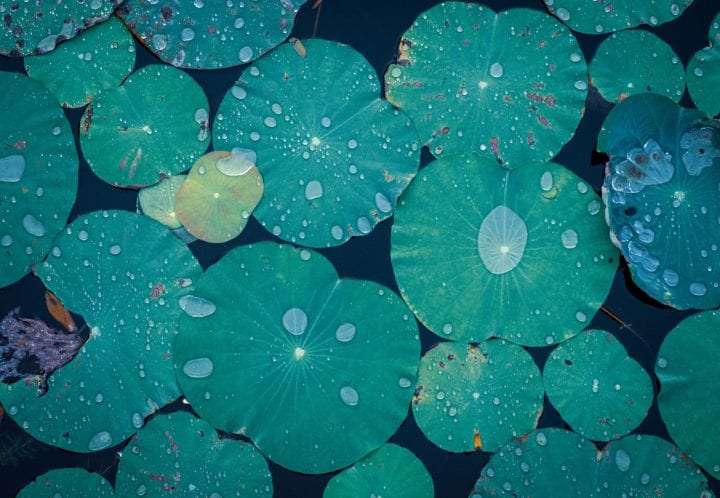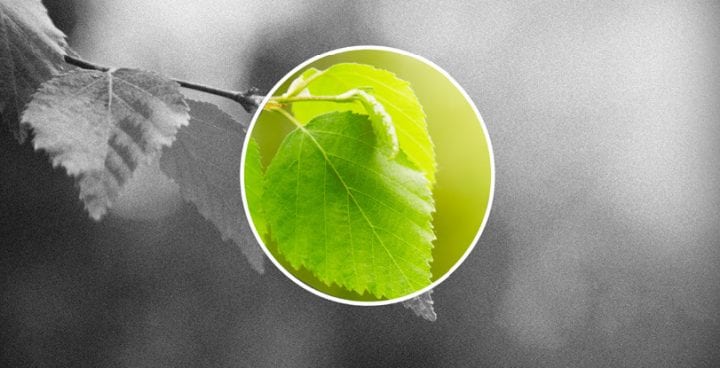In this short activity created for museum environments, learners compare how water interacts with leaves that are superhydrophobic versus those that are not and are introduced to the role of nanostructures in nature and technology.
Objectives
- Learners observe that nanoscale features can alter macroscale behaviors.
- Learners can describe how scientists copied a surface in nature that protects leaves and used it to improve paint.
This 10 minute activity was created as a cart demo for visitors in museum environments, but can be used anywhere with any age group (7 – Adult) to demonstrate how nanoscale structures in nature create superhydrophobicity and how the phenomenon has inspired new technologies.
Learners are invited to compare lettuce leaves with leaves that exhibit hydrophobic properties (lotus, kale, turnip greens, collard greens, or water lily leaves). Learners observe, touch, and test how the leaves react to water by dripping water on them. They are then introduced to examples of technologies inspired by this phenomenon.
A detailed lesson plan, training video, and poster with images describing the nanoscale properties of lotus leaves are provided to support implementation. This demonstration could be enhanced by providing more detail and examples of lotus-inspired technologies and innovations.









